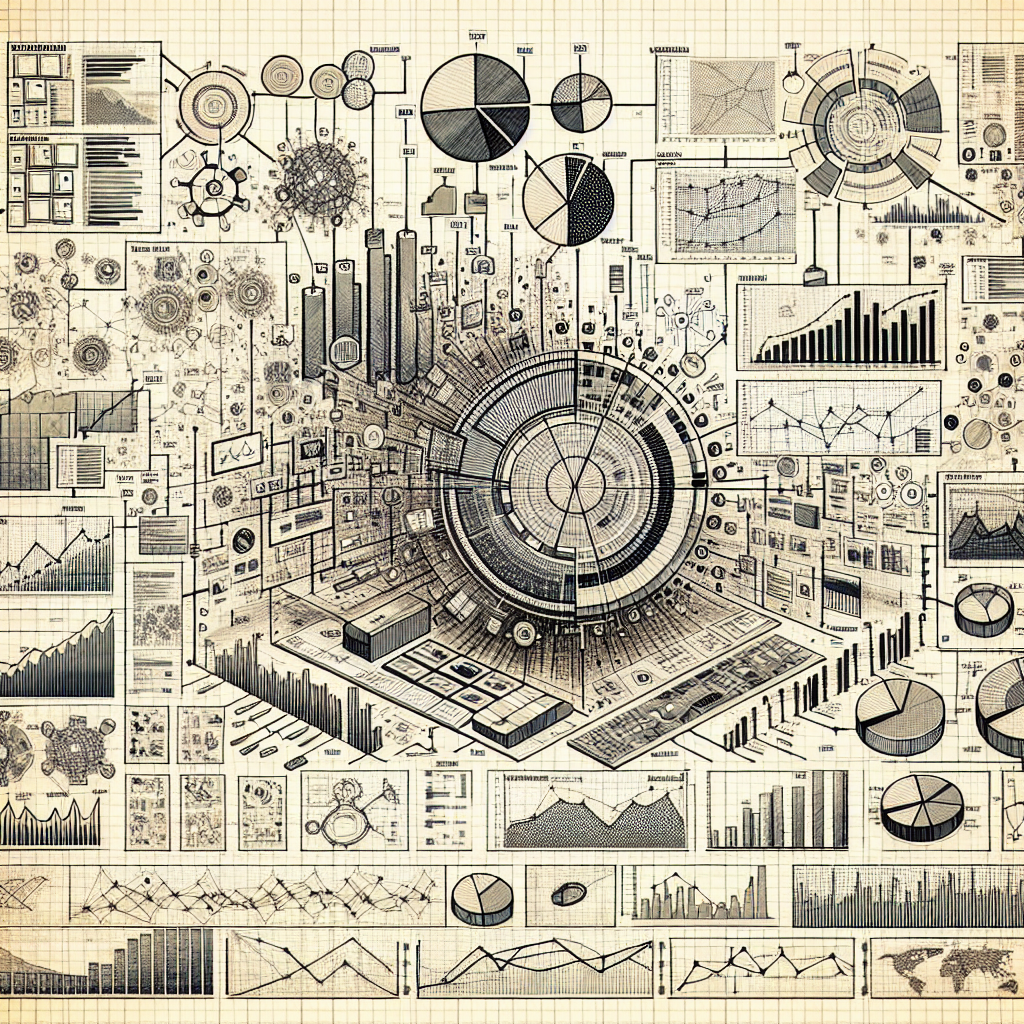The business and investment landscape is a complex world that is influenced by a myriad of factors. To navigate through it successfully, professionals rely on a variety of analytical tools. One of the most important of these is macro analysis. By providing a broader perspective on the economic and political environment, macro analysis helps decision-makers to make informed choices and optimize their strategies.
What is Macro Analysis?
Macro analysis is a type of market analysis that looks at the larger, big-picture factors influencing a market, industry, or sector. This includes factors such as economic data, geopolitical events, and societal trends. While microanalysis looks at the details of individual companies or investments, macro analysis scrutinizes the global economic environment as a whole.
Why is Macro Analysis Essential?
Macro analysis is critical because it helps investors and business leaders understand how larger forces can impact their operations or investment strategies. For instance, an impending trade war might negatively affect certain sectors, and investors can use this information to adjust their portfolios accordingly. Similarly, businesses can stay ahead of their competitors by understanding the broader market trends and adjusting their strategies to align with these trends.
Key Factors in Macro Analysis
Macro analysis typically involves studying a variety of factors, including:
1. Economic Indicators: These are statistics that reflect the health of a country’s economy.
They include metrics like gross domestic product (GDP), unemployment rates, inflation, and consumer sentiment.
2. Political Factors: These include government policies, political stability, regulatory changes, and international relations.
3. Socio-Cultural Factors: These encompass population demographics, consumer attitudes, and societal trends.
4. Technological Factors: These cover technological advancements, adoption rates, and the disruptive potential of new technologies.
5. Environmental Factors: Consideration of environmental sustainability, climate change, and natural disasters fall into this category.
How Macro Analysis Influences Decision Making
Using macro analysis, decision-makers can formulate strategies that are in tune with the larger economic and political environment. For instance, if the economy is showing signs of a slowdown, businesses might opt to tighten their belts, while investors might move their money into safer investment options like bonds.
On the other hand, if technological indicators show that a certain technology is on the rise, businesses in that sector can ramp up their production or services, while investors can increase their stakes in companies that are leading the technological revolution.
Understanding the broader market forces at play is pivotal to successful decision-making in business and investment. Macro analysis provides this broader view, helping professionals to navigate the complex landscape and make informed decisions. By regularly conducting macro analysis, businesses and investors can stay ahead of the curve and optimize their strategies according to the prevailing market conditions.

It’s a tool that, when used correctly, can significantly enhance the decision-making process, leading to more robust and profitable outcomes.